Electric Vehicles are getting better day by day with a better number on the range, auto-drive software, AI, and whatnot. However, the sticker price is getting bigger and bigger but the tech is making up for it too.
Although, you can see that automakers are trying hard to bridge the $$ gap with EV models coming as low as $25,600 Chevrolet Bolt EV. Even Tesla is striving to offer more affordable EVs with plans to go cheaper their current cheapest model Tesla Model 3.
One of the main factors contributing to your EV’s overall driving range is battery technology, which has been steadily improving over the last decade.
Improvements in the efficiency of lithium-ion batteries have enabled EV manufacturers to pack more energy into a given battery size, extending your EV’s total driving range.
But how much is really enough?
100 miles? 200 miles? Or 500 miles?
Well, there is no definite answer to this question. Everyone watches Netflix for different intents, making the platform a most sought-after junction. Similarly, EVs are definitely a rage right now, but everyone wants something unique from their cars.
Let’s explore some more around the subject!
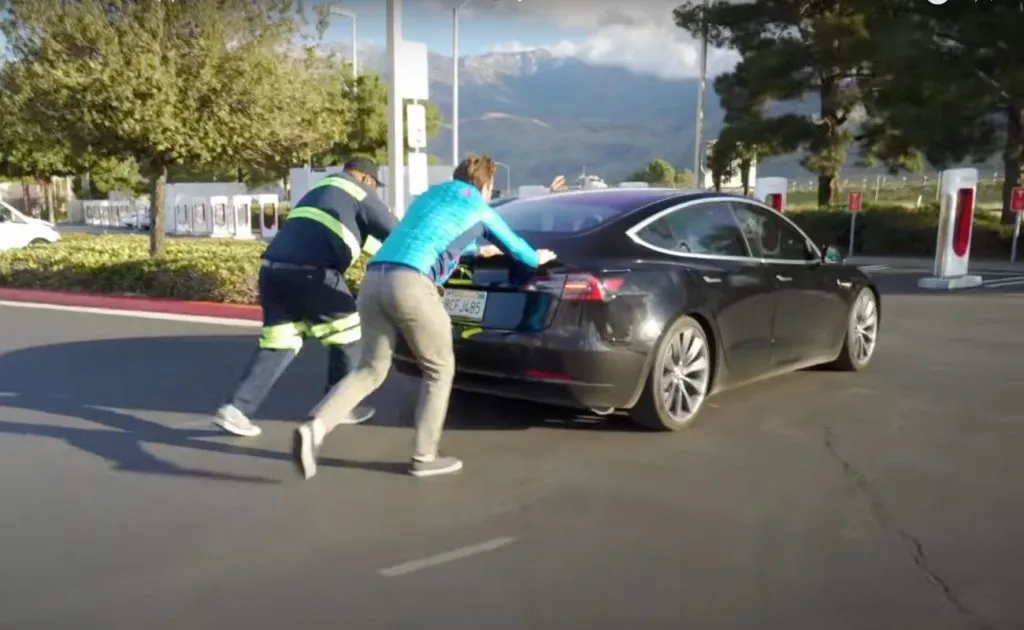
How Much Electric Vehicle Driving Distance Is Truly Sufficient For Your Needs?
While many electric vehicle owners are satisfied with 100 miles or less of range, others might find even 300 miles to be lacking. Ultimately, the answer depends on your individual lifestyle and driving habits.
Many factors can impact how much electric vehicle range you need, including the type of vehicle you choose, how often you drive, where you drive, and even the weather conditions.
For example, if you live in a remote area or drive long distances daily, you may need a vehicle with more electric range than someone who lives in an urban area and drives shorter distances.
Tesla Model 3 long range with good 358 miles on a full charge is a great and celebrated option for EV owners. But people with reasonable demands of 150-200 miles can enjoy a great EV experience with Nissan Leaf. The cute little Mini Cooper SE is a steal for those looking for just enough juice to roam around the city but in style.
Of course, having extra range can also be beneficial as a backup in case of emergencies or unforeseen circumstances.
If you’re the proud owner of an EV with limited range, it’s important to remember to recharge your car after every use. Fortunately, this isn’t a difficult task if you are a planner or easily have some time on your hand before heading out for work.
But even then if you’re on the fence about how much range you really need in your electric vehicle, it’s best to list down what you want from your car to make an informed decision.
So how much is enough?
Not a simple question. At the end of the day, it all comes down to finding a vehicle that meets your individual needs and driving habits.
Why Range Matters?
The perfect electric vehicle driving range will depend on many different factors, including your driving style, the weather conditions where you’ll be using your EV, the terrain and road conditions you’ll be driving on, how often you plan to charge your vehicle while out on the road or at home, and more.
Most experts estimate that the perfect electric vehicle driving range is somewhere between 150-200 miles.
At first glance, it might seem like a fairly narrow range for what could potentially be your only source of transportation. However, when you consider everything that contributes to your EV’s total driving range, you’ll find that this estimate is actually quite generous.
EVs are also getting better at delivering energy when and where it’s needed most, which helps you get the most out of every mile that your EV can travel.
From super-efficient regenerative braking systems that recapture energy from brakes to intelligent vehicle control systems adjusting power usage based on different road conditions, EVs are becoming more and more adept at working with the driver to get the most out of every charge.
What Do EV Owners Want From Their Cars?
EV owners want their cars to be stylish and environmentally friendly. They also want a car that is easy and fun to drive, with plenty of performance for both city driving and long-distance travel.
With all these great features, EV owners are happy to pay more for their cars than they might be for gas ones.
Well, that’s a perfect line for a commercial.
But in the real world, the requirements are still pretty basic as everyone wants to check the necessary boxes first and comfort and luxury later.
Range, power, and infrastructure all play crucial roles in the decision-making chapter of every EV owner’s story. Oh! Some only purchase for the love of tech too. But average vehicle owners do want it all delivered in one package.
EV owners are looking for cars that prioritize value and quality, while still being environmentally friendly and providing an enjoyable driving experience. Whether it’s style, performance, or affordability, EV owners want their cars to be the best that they can possibly be.
As more people make the switch to electric vehicles, there is a growing demand for car manufacturers to produce vehicles that meet the needs and desires of EV owners. With so many great options for EVs on the market today, it’s a perfect time to become an EV owner.
Range
Aptly said by u/RunnerInSTL on Reddit that to make long-distance travel affordable, 300+ miles of range might look necessary. After further consideration, though, he concluded that what is most needed are only 100 miles and adequate charging infrastructure for a few long trip instances each year. On a daily basis, about a 60-mile range would cover his regular commute as well as any extra driving around the city required.
What’s the ideal range for a EV daily driver? from electricvehicles
When we say “daily” means not just your daily commute, but also those spur-of-the-moment grocery stores run, ferrying children to soccer practice on the other side of town, or. Your lifestyle dictates how often you should fill up!
Safety
Safety When searching for their ideal vehicle – be it an electric or internal combustion engine – potential buyers commonly desire a vehicle that is secure, dependable, feature-rich, and dynamic. Thanks to the revolutionary advances of machine learning and AI-powered software, traveling is becoming safer.
Not to forget how the smart safety features in cars are increasingly keeping drivers safe on the road. Further, with autonomous driving gaining ground worldwide and automakers investing millions of dollars in this technology, your car may drive itself soon.
Battery Pack
A battery pack is what powers an electric car. It provides energy that turns on the car, makes it move, and powers all of its features. Earlier EVs were costlier because of the costly battery packs and tech challenges of those times.
Now you can get EVs with achievable driving ranges of 400 – 600km for not a lot more money than those early Leaf and iMiEVs.
Thanks to the remarkable advancement in EV battery prices since 2010, affordability has drastically improved; from an astonishing US$1,200 per kWh all the way down to a jaw-dropping US$128 per kWh now!
Charging Time
The charging time is vital in the current scenario across the globe. With China pushing the EV sector like Elon trying to woo Mars, they are far ahead with plenty of infrastructures in place in China. However, charging stations globally everywhere is no similar feat.
Electric vehicle (EV) charging stations are a relatively new phenomenon in the USA, with the first being installed back in 2007. They’re becoming increasingly popular as more and more people switch to electric-powered cars, and public EV charging stations are now available at a variety of locations including gas stations, restaurants, grocery stores, and shopping malls.
You’ll even find some at beaches and other tourist attractions!
Costs
The cost of an EV may vary significantly depending on the manufacturer, model, and trim package selected. Consider these factors as you determine which vehicle best suits your needs. Cost of Ownership
Cost of ownership is a general term that refers to how much money it will cost over time to own and operate a given type of vehicle. Compared to gas, the running cost for electric vehicles is quite low – not to mention government rebates and a high resale value for certain brands of EVs.
Service costs are also highly affordable since there are fewer components to take care of, though it is important to note that you would have to pay a hefty price should the need arise for battery replacement without a warranty.
The cost of electricity is another factor that often goes unmentioned when considering the true cost of operating an EV.
Second-hand EVs
Second-hand electric vehicles are a great option for those looking to save money or who can’t afford a brand-new electric vehicle. With many of the benefits of buying a new EV, second-hand electric vehicles are a great option for those looking to save money.
Used EVs could be a great addition to your automobile needs as you can easily get enough juice for short-range travel. However, some tweaking and upgrading can sort you out from having that range anxiety issues of a used EV.
If you are looking to buy a second-hand EV, you can rest assured that there is no need to worry about its battery performance.
As EVs age, innovative battery startups and companies have started providing replacements and upgrades for old batteries so that your used EV could return back to being brand new on the range once again!
Charging Stations & Infrastructure
The technology behind electric vehicle charging stations is continually evolving and improving, with faster speeds available from newer models.
Most stations range from a low of 30 to 240 volts AC, though the power can reach up to 1,000 volts DC depending on what model you use. The connection is usually made using a standard SAE J1772 cable with a five-pin attachment, or you can use the Tesla connector if you have one of those cars.
The biggest challenge for drivers who want to take advantage of EV charging stations is finding the right places to charge up. Unexpected or distant trips can be especially tricky as they require extra planning and careful navigation of available charging locations along the way.
There is growing pressure on businesses and municipalities to install EV charging stations in their parking lots to meet growing demand, but it is easier said than done.
Fortunately, many online resources make finding EV charging stations easier, such as PlugShare, Zap-Map, and Chargepoint.
These incredible EV trip planning sites allow you to plan your trip from start to destination along with the best route for charging along the way. You can search by zip code or address, so you can find a place near you that has an available charger.
You can also use your mobile device to set up charging reminders, and even link up with other drivers at the same station so you can chat about your trip!
In 2011, the United States had a meager 3,000 EV charging stations; however, as of November 2022, there are 2.3 million charging stations worldwide. This meteoric rise demonstrates that EVs are not just a passing trend but an influential revolution within the automotive industry.
A decade has passed since Tesla opened the first supercharger station in Los Angeles back in September 2012, but many soon-to-be EV customers remain anxious about access to quick and convenient charging across the globe.
Bottomline
So, as you can see, when it comes to finding the perfect electric vehicle driving range for your needs, there are a lot of different factors to consider. However, with all the progress we’ve seen in battery technology and EV control systems over the last decade or so, it’s likely that the sweet spot driving range lies between 150-200 miles. Of course, this number could change as more and better battery technologies pour in.
Whether you’re looking for style, performance, or affordability, there is an EV out there for everyone. What do you think is the perfect range for an ideal EV in your mind? We would like to know what is a perfect EV for you. Please share your views in the comments down below!

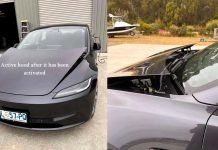
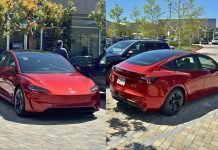


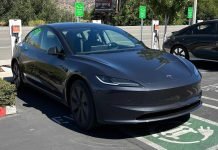









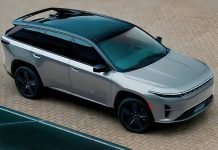


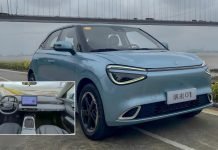
I seriously need one for 1200 miles I would buy several for the BUISNESS it is in my plans
Whatever the ultimate driving range, don’t forget to add 40% for losses during cold weather, severely hot weather, and range loss of 10% that will occur in the first year or 2.
400mi.
Reason… trucks need to be able to make it out and back to camp site. There are no charging stations in the wilderness.
Additionally… range drops 20-50% due to cold. Add to that 20% loss over the life of the vehicle and range drops from 400 to less than 200mi. Add towing and you’re likely to drop another 50%.
Reality is western adventure chasing folks need 400+ miles!
I like 360km as a 60% highway range figure, assuming the vehicle has a cold climate heat pump and battery thermal management. That would mean a total rated range of somewhere near 600 or 700km (near 400 miles). That way even if you can only charge to 80% and lose about 20% to there things like heating/cooling or weather you still can go 120km/h for 3 hours per leg of your trip. You probably want to stretch and use the washroom at 3nhours anyway, so if you can get back to 80% in 15 minutes for another 360km leg it would be fine.